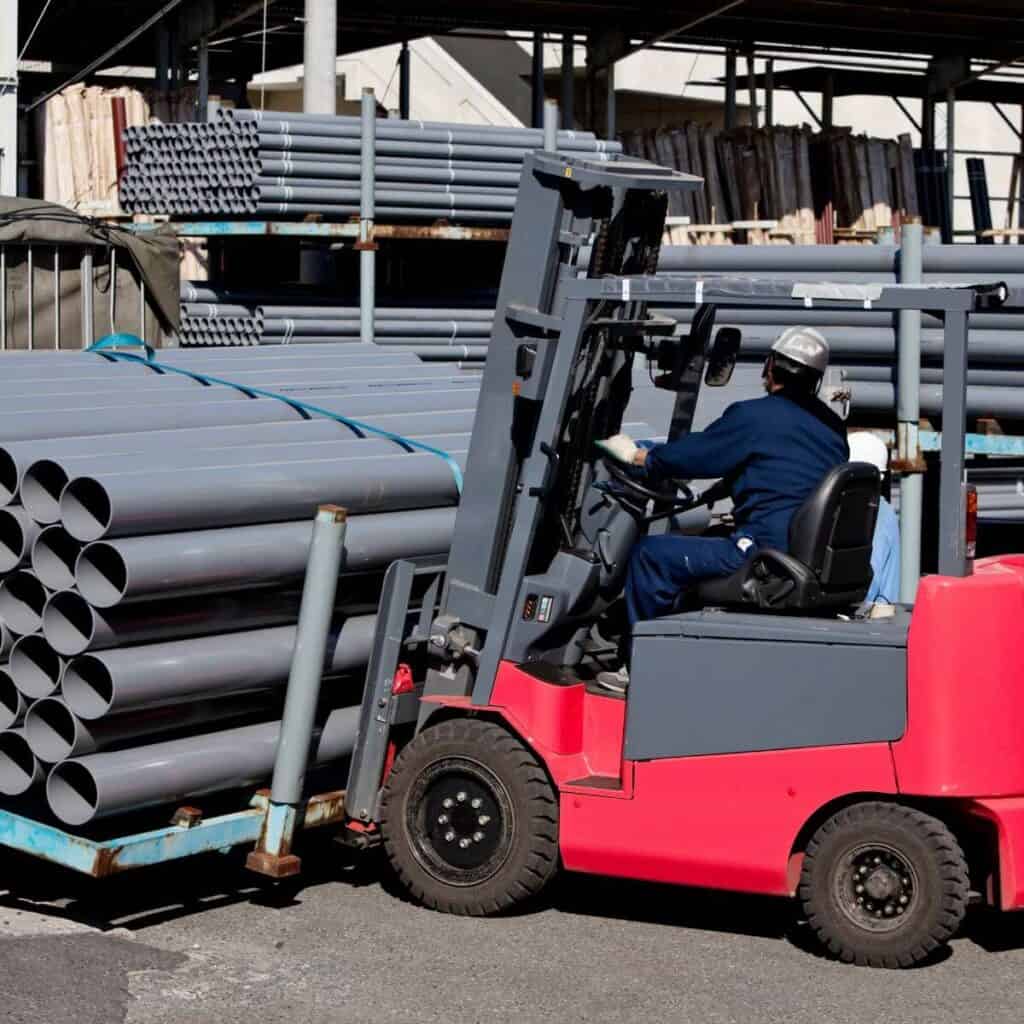19 Mar 2024

LOLER stands for Lifting Operations and Lifting Equipment Regulations (1998), and builds on the requirements of the Provision and Use of Work Equipment Regulations (PUWER). The aim is that all lifting operations conducted in the workplace are carried out safely, to reduce the number of injuries and fatalities.
These regulations place duties on people and companies who own, operate, or have control over lifting equipment, lifting accessories, and items of loose gear. All businesses whose employees use lifting equipment, whether owned by them, are covered by the provisions. The requirement is for inspection and thorough examination of lifting equipment by a competent person, including cranes, forklift trucks, hoists, elevating platforms and attachments for fixing, anchoring, and supporting such as straps and chains. LOLER applies to every sector that uses lifting equipment, from factories, warehouses and offices, to shops hospitals, construction sites and farms.
Failures of lifting equipment can result in dropped loads, people can be hit, body parts can be trapped all causing serious injuries and even fatalities. According to the HSE, almost 40,000 construction workers suffered long-term musculoskeletal disorders as a result of unsafe lifting operations and 111 people were killed in 2019/20 when operating mechanical equipment.
LOLER requires that lifting operations are planned by an individual who has completed LOLER training. Lifting operations must always be supervised in an appropriate manner, ensure the user is wearing the correct equipment, e.g., safety footwear, goggles, hardhat etc and performed by an employee who is able to complete the task safely, to prevent injuries and fatalities.
If your organisation is involved with any lifting equipment, you must manage and control the appropriate risks of injury or damage. When undertaking lifting operations, you should:
In order to verify that lifting equipment and accessories remain safe for use, and to detect and remedy any deterioration in good time, thorough examinations are required throughout the lifetime of the equipment, including examinations:
Where, following thorough examination or inspection of lifting equipment, a defect is identified – which in the opinion of the person undertaking the examination or inspection – is (or could become) a danger to people, you as user (employer or self-employed person) should be notified immediately. You must then take effective action to manage risk by ensuring the lifting equipment is not used until the defect is remedied. Such defects must be confirmed in writing in the report, even if it is remedied immediately (e.g. by destruction of a sling) (Source:HSE.)
The person making the report must also notify the relevant enforcing authority with a copy of the report. Enforcing authorities may follow up such reports to check that risks are being adequately managed.
Unless there is an ‘examination scheme’ specifying other intervals, thorough examinations should be conducted every:
Further details of what is covered during an inspection can be found here.
Thorough examinations and inspections of lifting equipment (hse.gov.uk)
What will the Health & Safety Inspector be checking?
The certificates of Statutory Examination and Testing are issued by the competent person such as specialist engineers.
The Health & Safety Inspector will check to see if you have relevant certificates of Statutory Examination and Testing; and that the correct procedures are being followed including correct training, use of competent persons, proper record keeping of inspections and reporting of all defects with actions.
Failure to comply with LOLER, not only puts your staff and others at risk but could also result in enforcement action by the enforcing authority (HSE or local authority).
If you would like more information on LOLER or machinery inspections, risk assessments and compliance, please feel free to call us or complete our contact form here Contact Our Team on 01527833834 | Sentinel Safety Solutions Ltd